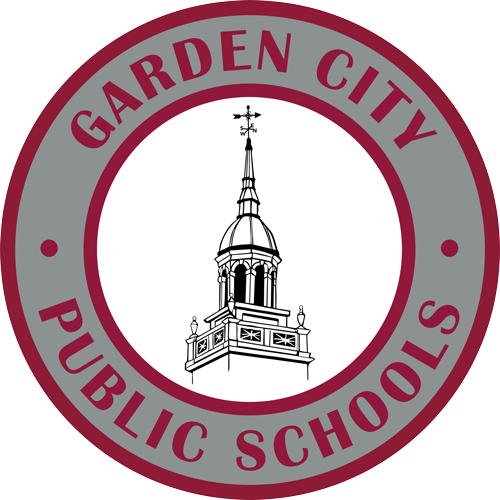1st Grade Social Studies
Grade 1: My Family and Other Families, Now and Long Ago
In first grade, students explore the concept of family, learning about how families are structured, how they change over time, and the traditions and customs that make them unique. They compare their own families with others, including those from different cultures and historical periods. Students also begin to understand rules, responsibilities, and citizenship within their homes, schools, and communities.
Social Studies Practices:
Gathering and Using Evidence:
Students ask questions about family life and use sources such as old and new photographs to compare changes in family life over time. For example, they might look at a photograph of a family from the past and one from the present, discussing how the family structure, clothing, and technology have changed.Chronological Reasoning:
Students create simple timelines of their own lives to understand past, present, and future. An example could be students making a timeline that shows key events in their life, such as their birth, first day of school, and other milestones. They can then compare these personal timelines to a timeline of family history or a historical figure.Comparison and Contextualization:
Students compare daily life in their own families with those of families in different times and places. For instance, they might learn about the daily life of a family in the past (e.g., families in early America) and compare it to their own daily routines, looking at differences in technology, food, and leisure activities.Geographic Reasoning:
Students use simple maps to locate their homes and neighborhoods, helping them understand the geographic context of where they live. They might also look at a world map to locate places their families have visited or where their ancestors came from, providing a visual understanding of distance and location.Civic Participation:
Students discuss classroom rules and how these rules help create a fair and safe environment. A practical example might include students working together to create a classroom "promise" or set of expectations, such as "We will listen to each other" or "We will be kind," demonstrating an early understanding of cooperation and respect for others' rights and needs.
